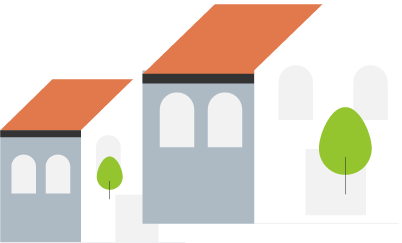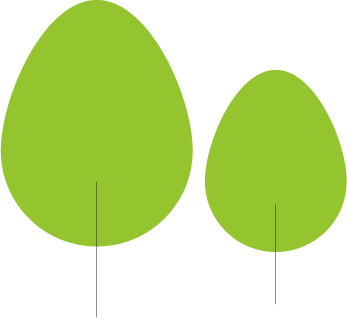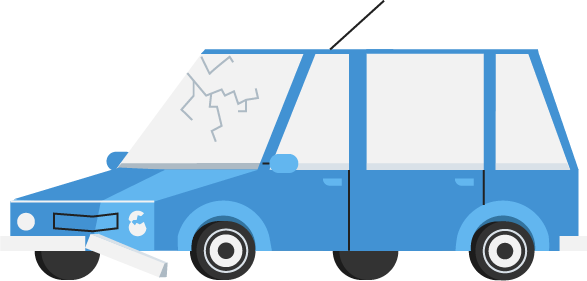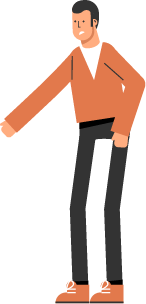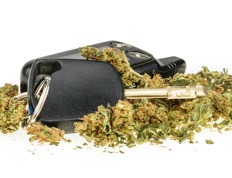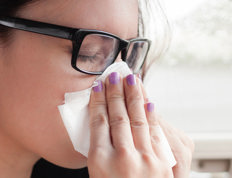
Watch out for deer!

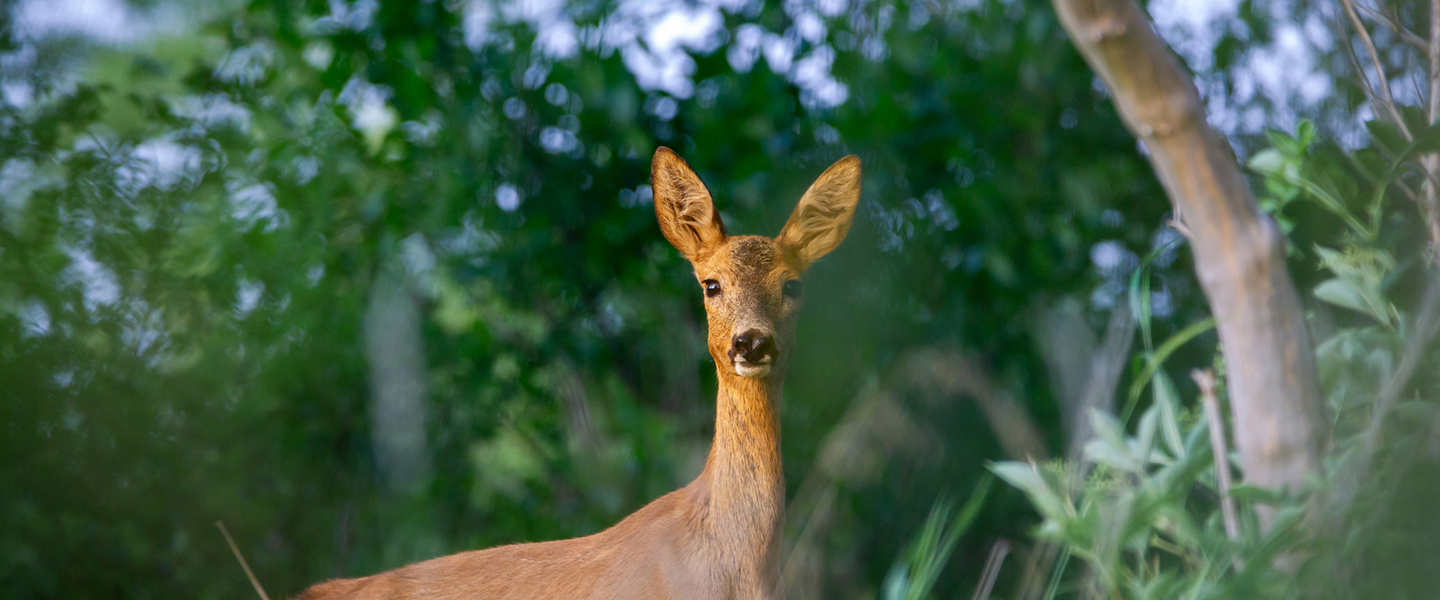
Every year, more than 7,000 collisions occur in Quebec involving large animals, most often white-tailed deer. November is when the risk is highest.
If you're unlucky enough to collide with one, it's your insurer that will pay to repair your vehicle, provided you have one of the following coverages to cover damage to your vehicle (Chapter B of your insurance policy):
- Coverage 1 – “All perils” coverage
- Coverage 2 – Coverage against perils of collision and upset
- Coverage 3 – Coverage against perils other than collision or upset
To minimize the risk of collision with an animal
If you're driving in an area where there are wild animals, adopt a defensive driving approach1:
- Look out for signs warning of a high risk of collision with deer and moose.
- Be aware of your surroundings, check the shoulder of the road for the presence of animals and reduce your speed in sectors where their presence is signed.
- Slow down and honk the horn if you see a deer on the side of the road, as its reactions are unpredictable. And look out as these animals often travel in groups.
- Don't swerve to avoid hitting an animal at the last minute. You could have a serious accident.
- Alert other drivers of their presence using the car horn or lights.
- Be careful of curves, inclines and roadside vegetation that reduce visibility: a deer could suddenly jump out.
- Be twice as careful during periods when collision risk is highest, at dawn and dusk, and in June and July, as well as October and November.
Report a collision: an obligation
If you hit an animal weighing more than 25 kg, regardless of the species, it is mandatory to report it to a wildlife protection officer. If the animal is dead, they will make sure to clear the road and remove the carcass.
1Source: Ministry of Transport, Quebec
auto insurance
prevention
damage
accident
advice
claims




